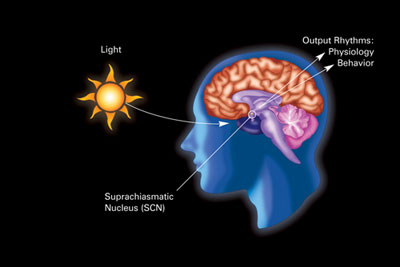Sounds good Nate, Best of luck with your grow man.
The MH/HPS combination is a perfect mix. Plants love the MH in veg. Remember to foliar feed. You can leave the MH bulb in for the first week or so of 12/12 in order to reduce the stretch, that's what I do. I'm glad that you found the information useful, there are a few pointers in there that I had to learn the hard way. Harvest the plant when she's ready, it might take a few weeks longer than what's promised on the pack so be patient.
I'm sure that your grow will be good one.
Keep it green
The MH/HPS combination is a perfect mix. Plants love the MH in veg. Remember to foliar feed. You can leave the MH bulb in for the first week or so of 12/12 in order to reduce the stretch, that's what I do. I'm glad that you found the information useful, there are a few pointers in there that I had to learn the hard way. Harvest the plant when she's ready, it might take a few weeks longer than what's promised on the pack so be patient.
I'm sure that your grow will be good one.
Keep it green

 Looks like you have most of it dialed in already.
Looks like you have most of it dialed in already.



